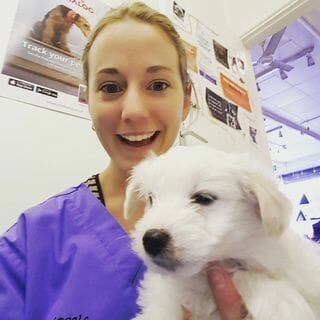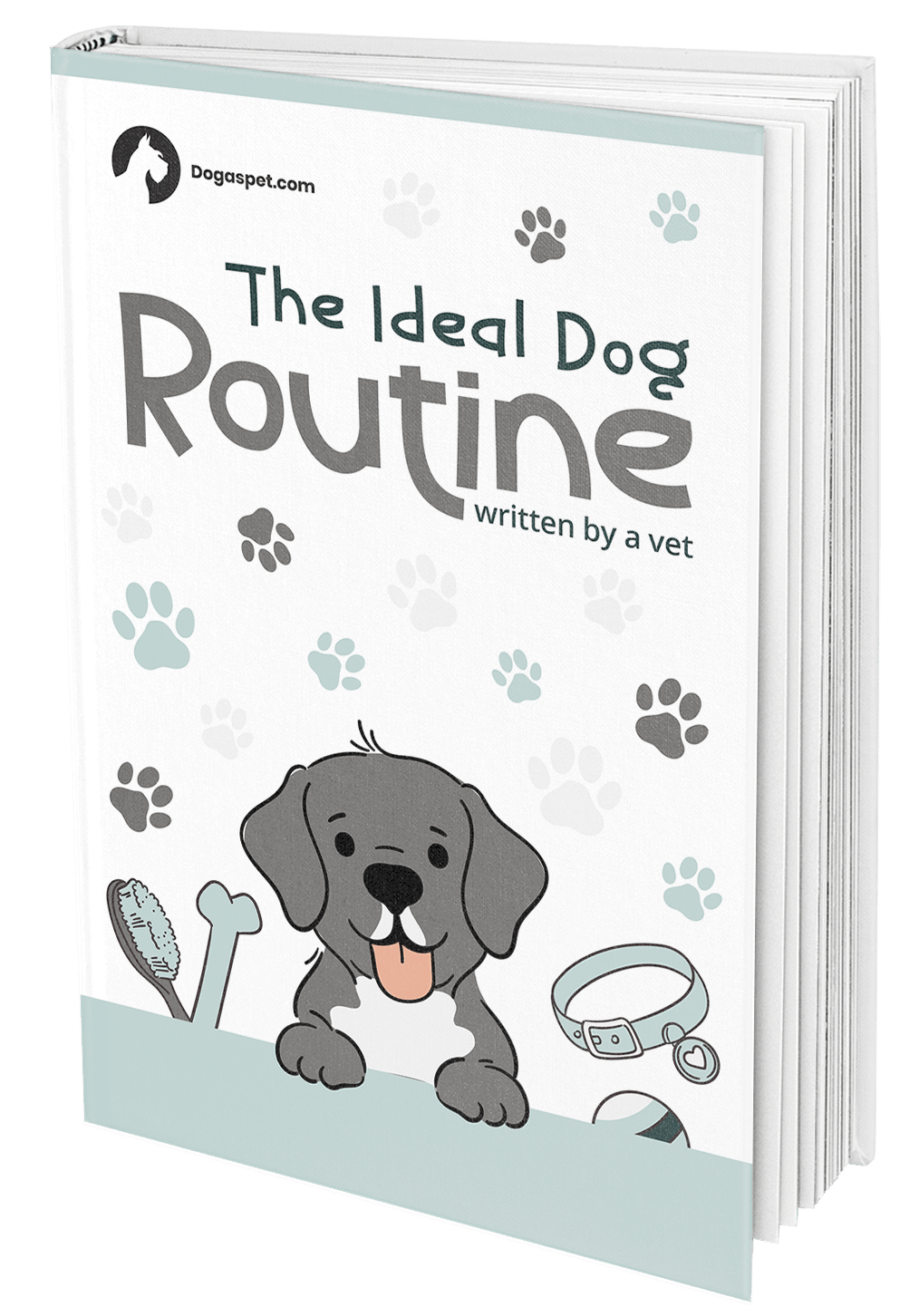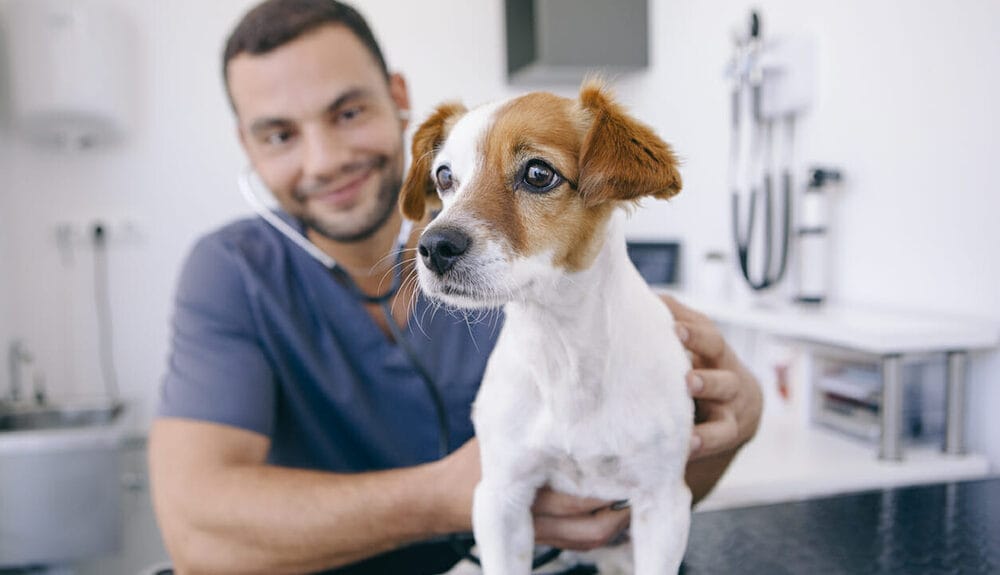
If your vet has suggested anal gland removal for your pet, you likely have a lot of questions. This is a surgery that is costly, is not commonly done and that can have potential complications. For this reason, this is not a procedure a vet will suggest lightly.
What Are the Pros and Cons of Surgical Anal Gland Removal?
Whether or not this surgery is the right next step for your beloved pet will depend on several factors, including their age, medical history and the extent of their anal gland problems. While living without anal glands causes a dog no long-term issues, the surgery is not always straightforward.
- Surgery prevents chronic anal gland issues
- Stops suffering from impactions, infections, abscesses and odor
- There will be no anal gland secretions to clean up
- Potential for serious post-op complications
- Specialized procedure, which means referral to a specialist center
- Expensive surgery; cost could go up to $2,000
- Insurance may not cover the cost or claim could be denied
Pros of anal gland removal
The main pro of this surgery, and the reason why it would generally be suggested, is that it means the dog should no longer suffer with chronic anal gland trouble. If your pet has been struggling with anal gland impactions, infections and abscesses for some time, you are both probably fed up and frustrated at the anal glands.
Removing glands should ensure that there will be no further impactions or abscesses; conditions that can have a real negative impact on a dog’s quality of life.
Without glands, there will be no anal gland secretions to clean up and no fishy odor following your pet about. For many dogs with ongoing anal gland issues, leaking glands become an issue, and it is a relief for owners when they no longer have to clean up the mess.
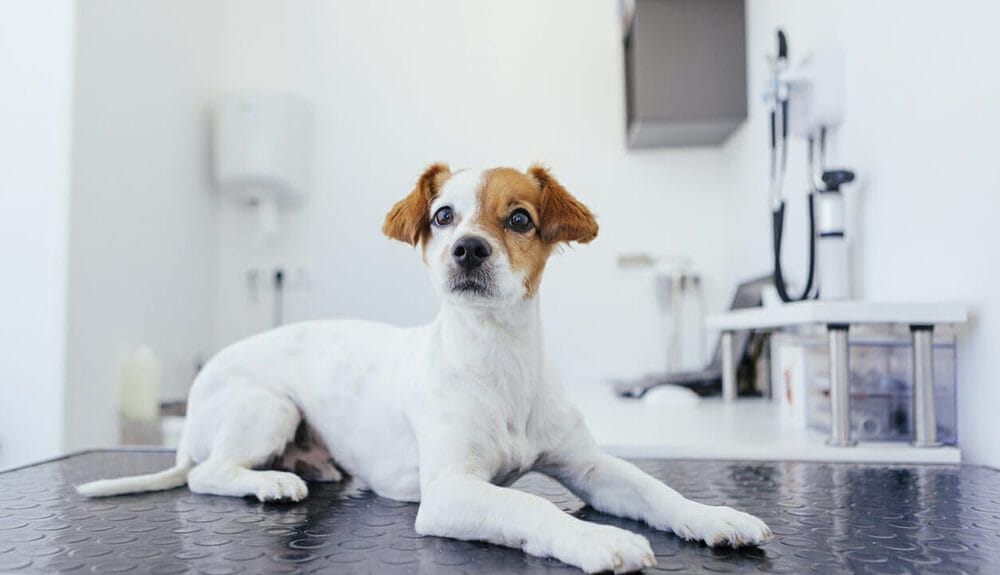
Cons of anal gland removal
One of the biggest drawbacks of anal gland surgery is the complication rate and the potential for these complications to be quite serious. These complications can include post-op infections, fistula formation, and fecal incontinence.
Another drawback is the fact that this is a specialized procedure, which most ‘GP’ vets would not perform in-house. This means having to be referred to a specialist center, where a soft tissue surgeon can perform the sacculectomy.
For some owners, this means traveling a good distance and it can be frustrating and time-consuming having to deal with two separate vet clinics.
A con, but also a limiting factor for many owners, is the cost associated with the surgery. Even a straightforward anal gland sacculectomy can cost upwards of $2,000.
For those pet owners with insurance, the cost may be covered, though it is also possible that the insurance company would decline the claim if anal gland issues were detected before the policy was taken out.
What Are Dog Anal Glands? Anatomy of the Anal Glands
While humans technically have anal glands within the anal wall, they are not something we tend to acknowledge the existence of! It is little wonder that these small structures within the anus can cause a lot of confusion among owners.
The anal glands are not visible and many owners don’t even know about them, until of course, they start to cause issues.
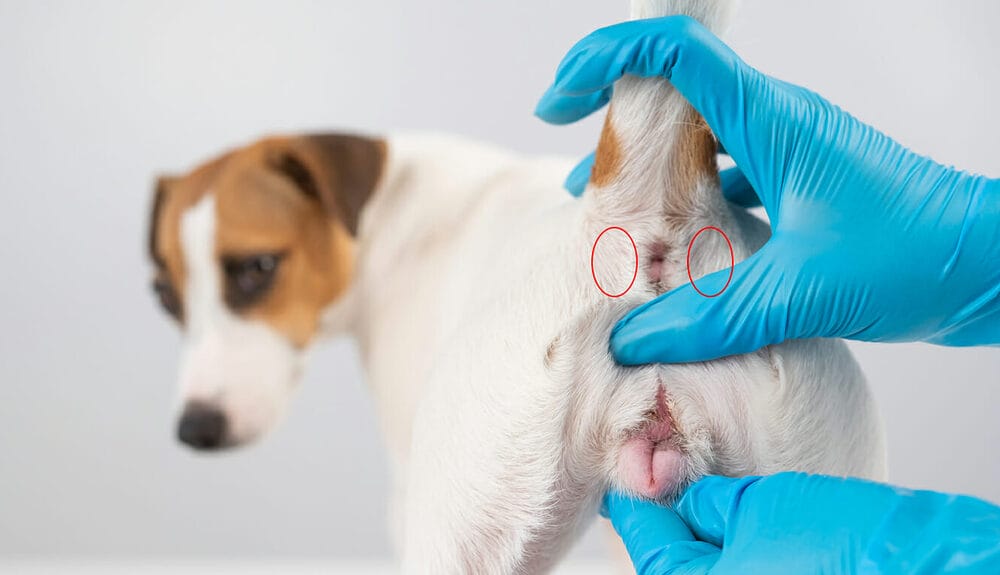
The anal glands are a paired structure of sacs that sit just inside the wall of the anus. If we imagine that the anus is a clock face when we look at it, they are present at the four and eight o’clock positions. In some dogs, we can even see a tiny pinpoint opening in this region.
They sit just between the internal and external sphincter muscles, which makes them quite tricky for a surgeon to access.
There are sebaceous glands within their lining of each gland, which excrete a strong-smelling liquid that is used between dogs as a means of communication after their poo has been passed.
3 Common Anal Gland Issues in Dogs
It is important to emphasize that most dogs live their life without ever developing anal gland issues. This is especially true of larger breeds and dogs who are not prone to gastrointestinal issues or chronic diarrhea.
Impactions
For some dogs, notably smaller breeds and overweight dogs, the anal glands can cause ongoing issues. The most common issue we see is anal gland impaction. This is when the secretions are no longer released from the gland as they should be, and they build up inside. This causes discomfort for the dog, who may start to scoot their bottom along the ground and to quickly look behind them towards their rump.
Another sign of an impaction is excessive chewing or licking at the rump. This can lead to fur loss and red skin in the area, which is sometimes mistaken for a flea infestation.
Infections
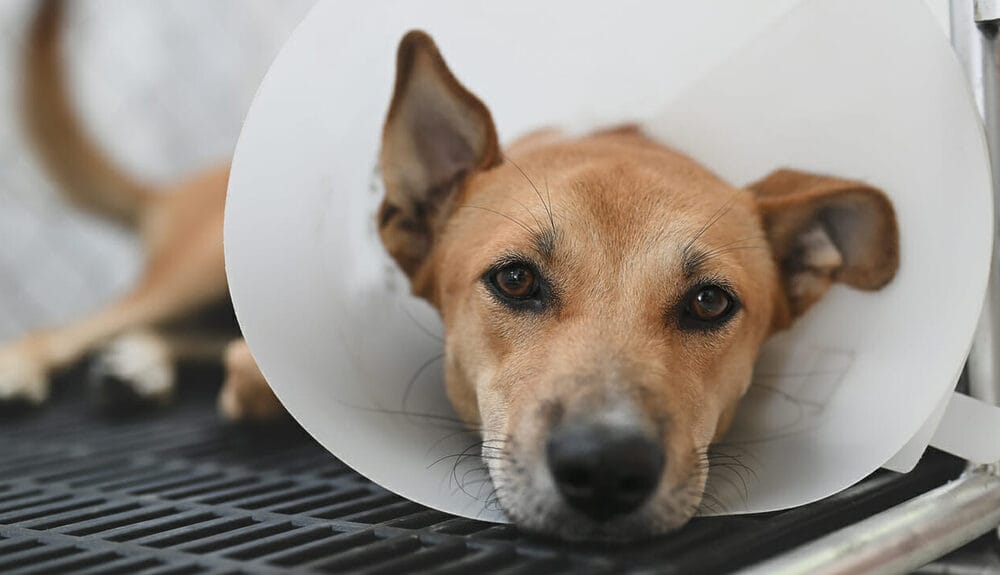
Once impacted, it is not uncommon for the glands to become infected, especially if not emptied promptly. Infections can cause the dog to feel quite unwell and they may develop nausea, a fever, lethargy and food refusal.
Along with the same signs of impaction, we might also see a visible swelling either side of the anus. The skin can become red and hot to the touch and your dog won’t be keen on you examining the area. Once the abscess has gotten very large, it can rupture, leading to an open wound near the anus that discharges pus and blood.
Cancers
Like your furniture, your dog can also have remaining liquids that can cause a smell even after expressing their anal glands.
A good bath with a dog-specific shampoo containing baking soda, aloe vera, and oatmeal can help get rid of any lingering odors and make your pup smell pleasant again!
Can a Dog’s Anal Glands Get Blocked?
As mentioned, the anal glands can become blocked, so that the secretions cannot be expressed. This can have many causes including a narrowed opening of the gland, very thick secretions, or chronic loose stool.
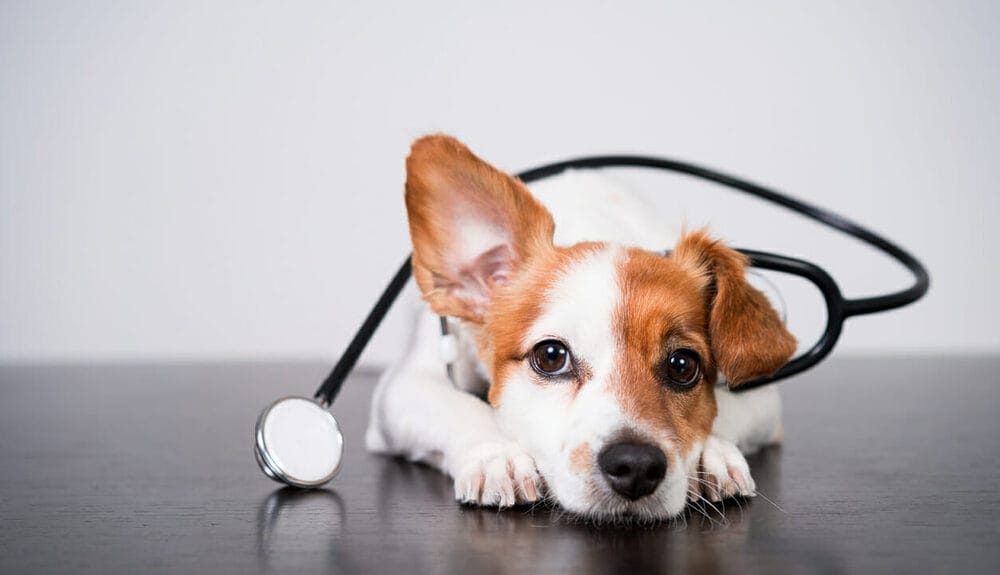
In order for a dog’s glands to express, a firm stool needs to press against the gland, as it passes through the anus. The pressure ensures that some secretion is released with each stool. However, this process can go wrong if the opening is too narrow, the stool is soft or there is too much body fat in the region.
For those pets who have had impactions in the past, they are much more likely to develop them again. For this reason, owners need to keep an eye out for the tell-tale signs.
Many owners will end up learning how to empty their dogs’ glands at home, to avoid having to pay a vet or groomer to do so.
Is Anal Sac Expression Really Necessary?
Importantly, most dogs do not need their sacs expressed. If they do not get impacted, we should let nature take its course, and not try and intervene.
However, when a dog is impacted, they need a person to help them express their glands. If this is not done, the dog will experience discomfort and will ultimately go on to develop an infection and burst abscess.
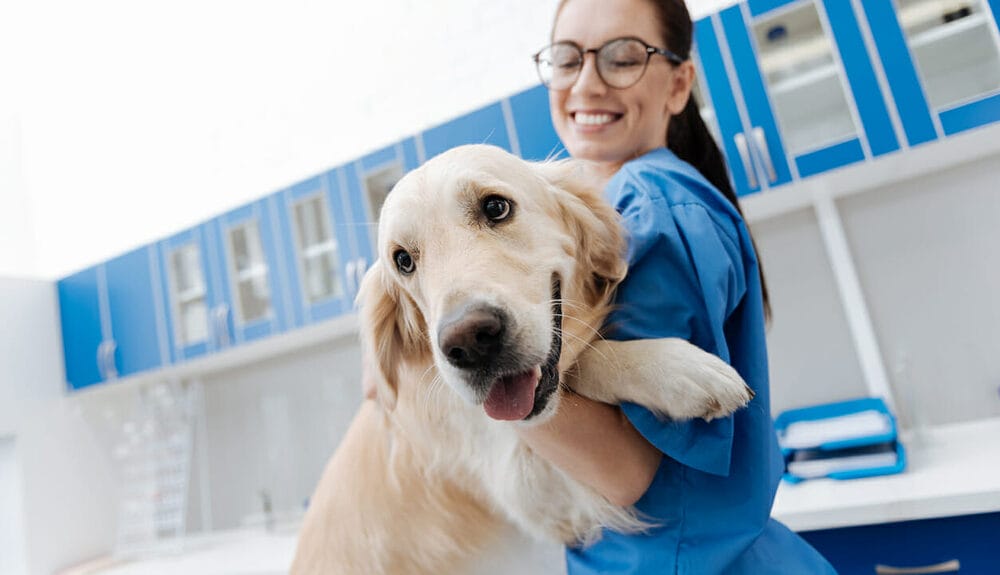
Those who require help will typically have their glands emptied every 6-8 weeks or so. Although, there will be dogs who need their glands emptied more or less often than this.
As well as regular gland emptying, it can help these dogs to have a high fiber diet that is supplements with probiotics. When necessary, weight loss should also be a priority.
When is It Necessary to Remove a Dog’s Anal Glands?
There is no clear-cut answer to this question and there are always going to be several factors to consider. In some cases, like when there is a malignant tumor that is treatable, removal of the affected gland is a no brainer. In other cases, like when a dog is experiencing ongoing anal gland impactions, the decision is less obvious.
For dogs with repeated infections and impactions that cannot be well managed and that are affecting their quality of life significantly, surgery to remove the glands permanently is to be considered.
Does Anal Sacculectomy Always Involve Both Anal Sacs?
The surgery can be performed on one or both glands. If the surgery is being carried out to remove a cancerous tumor, just the affected gland would be taken out. However, for those who are experiencing chronic bilateral impactions, both glands would frequently be removed.
What Happens During a Dog’s Anal Gland Removal?
Pre-op
As with other surgeries, dogs are brought into the clinic in the morning and checked over by the vet to ensure they are in good health. They may also have a pre-anesthetic blood test, to assess their liver and kidney function. Their anal glands will be checked for any sign of active infection.
Dogs are given a ‘pre-med’ injection which helps them to stay calm and makes their anesthetic work more effectively. Some vets will also provide some pre-surgical pain relief and will start the patient on a fluid drip, to maintain good hydration and blood pressure.
During the procedure
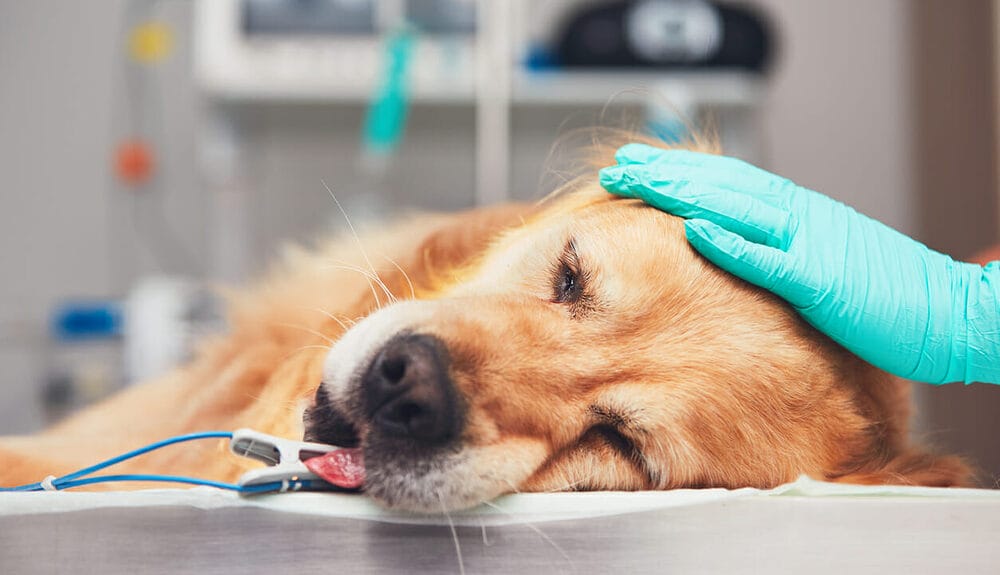
Once under anesthetic, the area around the anal glands is surgically prepped. There are a few surgical techniques used (an open or closed techinque), and you can discuss with your surgeon which one they will be going ahead with.
Generally, an incision is made over each gland and they are dissected out. In some cases, a rubber gel is injected, to help the surgeon identify where the gland is. The gland is then removed entirely and the muscles are sutured closed. For most dogs, both glands will be removed during the same procedure.
Post-op
After surgery, dogs will be healing for a period of about two weeks. They will usually wear a buster collar, to ensure they cannot lick or chew at the sutures in their skin. Owners will be asked to keep the area clean and to watch closely for any signs of infection.
Pain killers and anti inflammatory medicine will be prescribed as needed; usually for 5-7 days after the surgery. The patient will be seen for a post-op check a few days after surgery, as well as about a week after this, for their final check.
Is Permanent Dogs Anal Gland Removal Effective?
For most patients, anal gland removal will resolve their ongoing issues with impactions and inactions. While complications such as fistula formation and chronic infection are possible, these occur in the minority of patients.
When the anal gland is removed due to cancer, the procedure will generally be effective in removing the main growth, but it won’t necessarily cure the cancer. This is because up to 80% of anal gland tumors will have spread further than the gland by the time the cancer has been diagnosed.
FAQ – Frequently Asked Questions
You may have a few questions before we wrap things up; here are some of the most frequently asked:
Do dogs feel better after gland expression?
There is no doubt that it is a relief for a dog when their full and uncomfortable glands are emptied. They instantly feel better.
What should I do if my dog has irritated anal glands?
If you’ve noticed signs such as bum scooting or rump chewing, it is best to bring your dog to a vet for assessment. If the glands are found to be full, they can be quickly emptied.
What is an anal gland abscess or burst anal gland?
When impactions become large and infected, this can lead to an abscess (infection and buildup of pus) which may ruptured onto the skin.
What is anal sacculitis?
The term ‘-itis’ refers to inflammation. So anal sacculitis is an inflammation of the anal sacs, accompanied by fluid buildup. This causes discomfort and can lead to infection.
How can I increase the fiber in my dog’s diet?
Adding fiber to a dog’s diet can help create a firmer stool which can ensure glands are emptied naturally by the dog. We should choose a dog food with a high fiber content and can add extra fiber by giving our dog sugar-free bran cereal and canned pumpkin. There are also fiber supplements available from pet shops and vet clinics.
In Conclusion – Big help for some
For some dogs, an anal gland sacculectomy is necessary to prevent ongoing anal gland impactions and infections, or to remove a cancer. Though costly and not without potential complications, this surgery has huge benefits for those who need it.
